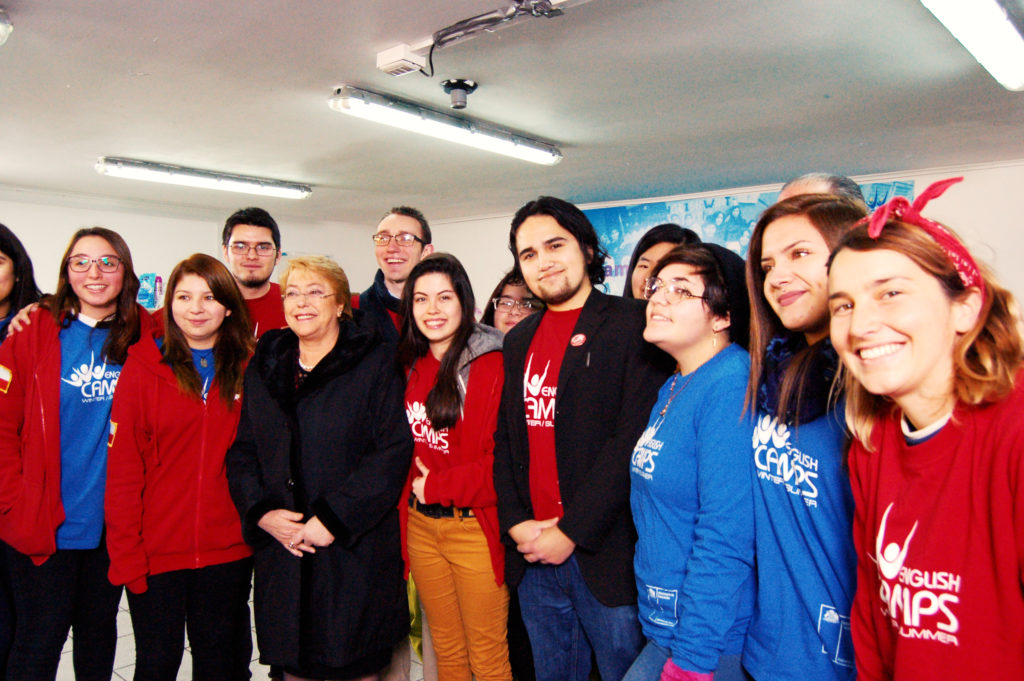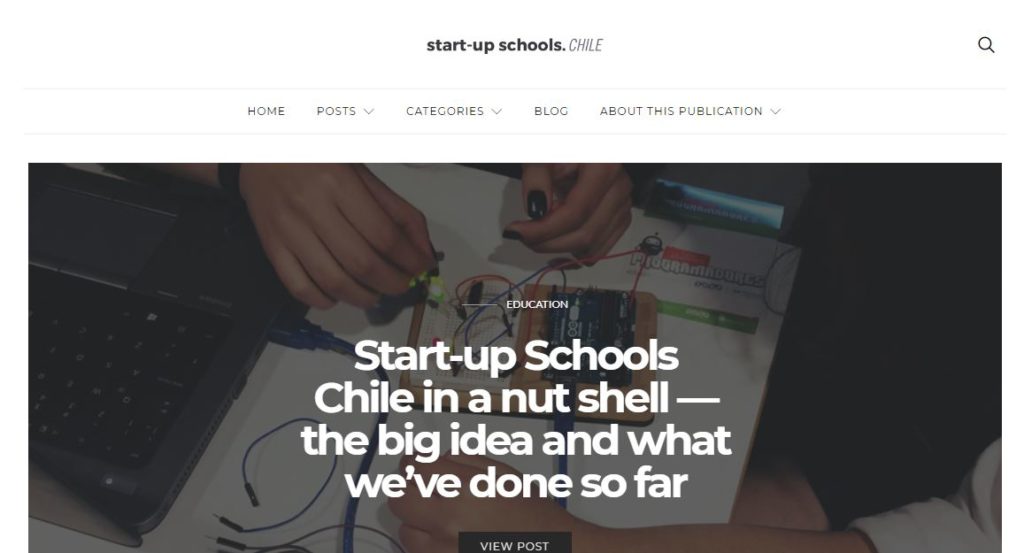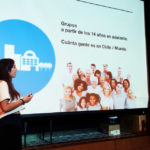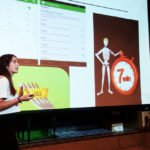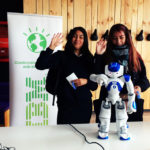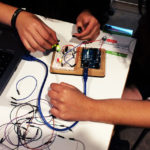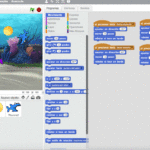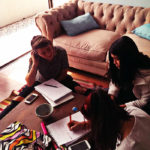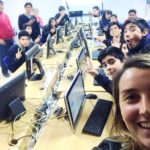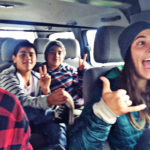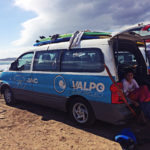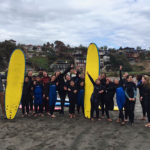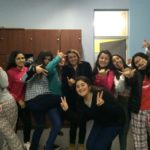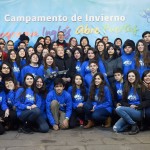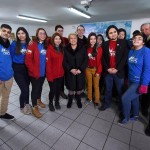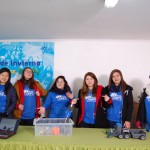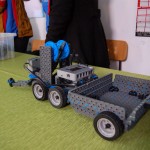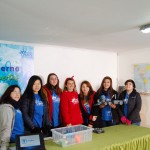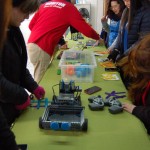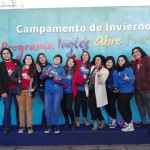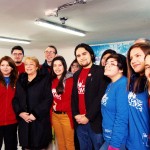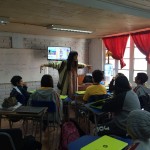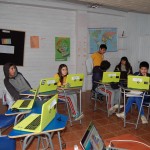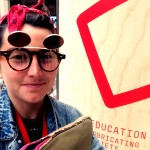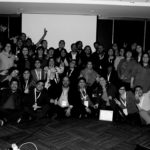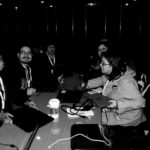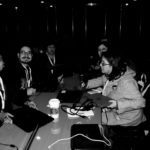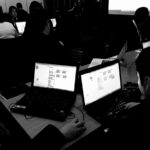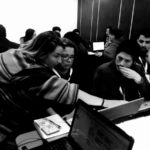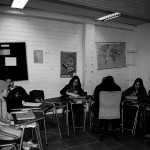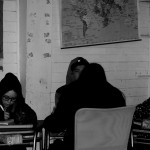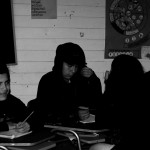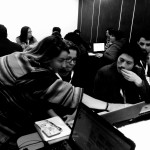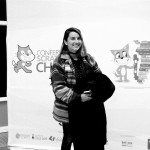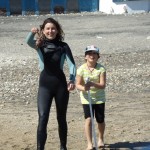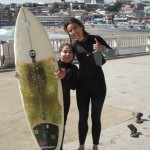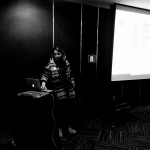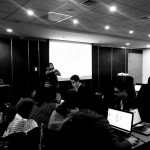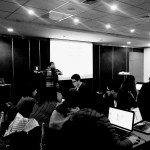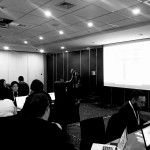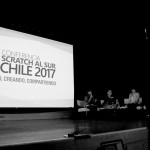Jamie Kent
Analyzing Educational Infrastructure for Developing Technical Talent in Chile
-
Project Website
Click below to visit the website
Project Proposal
Although Startup Chile has been internationally recognized for its success in recruiting foreign entrepreneurs to establish early stage companies within the country, the program lacks a plan for training and developing Chileans for this new and burgeoning technology industry. My research would aim to answer the question: Which attributes are most critical to preparing students for careers in the technology sector as it is developing in Chile?
I hope to form a deep relationship with locals. During my grant period, I hope to continue teaching by offering surfing lessons at the schools I visit. I believe sharing my love of surfing will allow me to form bonds with local schoolchildren through shared experience.
I plan to partner with friends to start a technology company of my own.
Final Report
I was able to successfully complete all three phases of my project. My project aims to identify ways of closing the skill gap in Chile with early education.
During Phase I, I published a series of interactive data visualizations that quantify the skill gap in the technology sector. I was able to make the conclusion: although computer programmers are in high demand, our public education system has lagged behind in teaching these skills.
In Phase II, I interviewed educators and analyzed data from the Ministry of Education. I found that low-income public schools located in rural areas do not perform as well as their counterparts. In order to maximize the impact of my project, I decided to focus this profile of school.
In Phase III, I went to schools, teaching workshops and leading projects that introduce students to computational thinking. I wrote 10 case studies, each testing curriculum or an educational game that I created.
While working in the Chilean public school system, I saw classrooms where students are graded purely on their notebooks. It’s difficult to get students to truly engage with the material when all we ask them to do is fill-in-the- blank. I use a constructionist teaching approach to teach computer science. Students learn through projects and experimentation. In my workshops, I show high school students they are capable of learning complex concepts by leading them in various video game-making projects. I wrote 7 case studies that follow my creative process in developing the curriculum.
In two case studies, I tested educational games I developed using the rapid prototyping method. While working in the Chilean public school system, I noticed the final minutes of class are usually left unused. The activity for the class is done, the students are restless. With the final moments in mind, I designed flashcards with 10-minute activities that teach computational thinking concepts. The activities introduce students to computer programming, design, debugging, user experience and algorithms.
In another case study, I created an educational card game. I loved Scratch for the classroom. Scratch is an application developed by MIT to teach computer programming to students. Seymour Papert, the grandfather of the Scratch application, said, introductory programming languages should have a “low threshold, wide walls, and high ceilings.” Scratch is exactly that: easy to get started with, allows you to make a variety of different things, which have the capacity to be very complex. But what if we don’t have computers? Is there a way we can teach computer science without computers?
I prototyped an “unplugged” version of Scratch. Instead of building with blocks of code on the computer, I created a paper cutout version of the Scratch blocks. I had my students build programs at their desks, but the activity was a failure—students couldn’t see the output of their code.
I eventually came around to the idea of a card game. In this game, players must obey a series of rules and algorithms that get increasingly complex. They act as the computers, interpreting and compiling the “code” of the game. I published the PDF of the card game on my research website, so teachers can use it in their classrooms.
I collaborated with a professor at the University of Santiago. I reached out to him via email during the application process, describing my proposal and asking if he’d be willing to mentor me if I was awarded the grant. I was connected to him by a friend who had taken his classes while studying abroad. He agreed and we built our relationship from there.
While in Chile, I was mostly autonomous, and didn’t rely that much on my host institution. I enjoyed the freedom and was on the move a lot. I think this relationship can work extremely well given the grantee is structured and motivated.
During my grant, I audited a course at the university, “Methods of Computer Programming.” I was given access to the libraries and all campus facilities. While I was choosing classes, the department gave me a lot of support and helped me find a class at the right level for me.
My research supervisor allowed me to design and execute the project I had proposed. I had full liberty to develop the project as I saw fit. I loved being in charge of every aspect of my project, and I believe it forced me to be better. While working for myself, I am a more holistic thinker. I know exactly how valuable my time is. I planned meticulously, set weekly goals every Monday and made sure I was sticking to them.
I took a human-centered design approach to my research. I was inspired by the research methods outlined by IDEO.org, a design firm that designs solutions for humanitarian issues. They apply a series of methodologies to include community members in designing the right solution.
Instead of focusing writing research for the academic world, I dedicated my time to designing curriculum and games that teachers could use in their classroom. My work is living: teachers can download all of the resources I’ve created to adapt and build upon. For those that plan to go on to private sector jobs, this approach is worth exploring. I’ve found it much more compelling to design and test my own creations, rather than to take an academic approach.
For prospective Fulbright applicants, I would recommend coming up with a proposal on your own, and then pitching it to a mentor once the idea is fully formulated. This allows you to be the vision and driving force behind your project. The most compelling projects were the ones in which the grantee explored their passion, rather than fitting into a larger study or existing initiative. This will also give the grantee much more responsibility, and experience in end-to-end project management.
I spent the seven months before my grant start date driving the Panamericana and practicing my Spanish. I believe getting to a business level of Spanish competency before beginning my project allowed me to get started quickly here in Chile. For Fulbrighters who want to improve their Spanish level prior to their research, I recommend taking an immersive Spanish course for at least two weeks. I found immersive classes to be much more economical than private lessons or community college classes in California. It was also much, much more effective.
I took two weeks of Spanish classes in Quetzaltenango for $150 a week. The price includes 5 hours of one-on-one Spanish instruction during the week days. You also get accommodation with a Guatemalan family, and all meals provided. After two weeks, I went from broken Spanish to a more fluid, conversational level.
-
Project Video:
Proposal:
Final Presentation:
-

